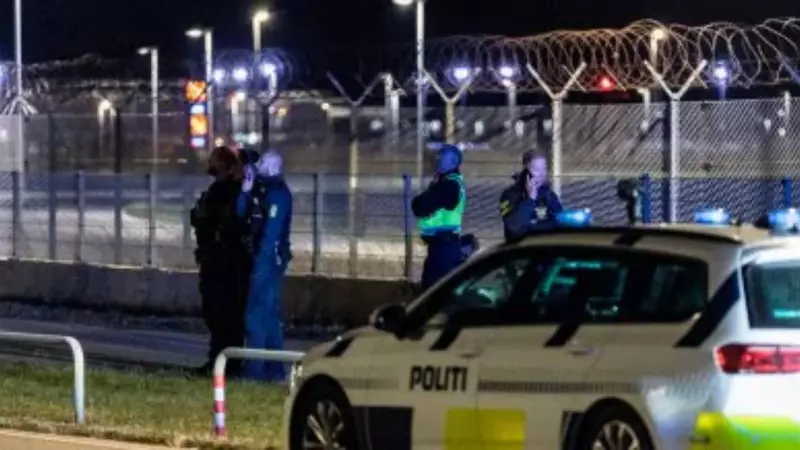
In a dramatic repeat of recent events, Lithuanian authorities were forced to temporarily shut down Vilnius International Airport on Monday after multiple unidentified balloons were detected floating dangerously through the country's airspace.
The air traffic suspension, which lasted for several critical hours, marks the second such incident in a matter of weeks, highlighting growing concerns about aerial threats to European aviation security. The unexpected closure sent ripples through the travel industry, causing significant flight delays and leaving passengers stranded.
Heightened Security Alert
According to official statements from Lithuanian air traffic authorities, the decision to halt all operations wasn't taken lightly. "We detected several balloons moving through our controlled airspace," explained a senior aviation official. "Given current geopolitical tensions and the absolute priority of passenger safety, we had no choice but to implement immediate restrictions."
The incident comes barely three weeks after a similar balloon sighting prompted identical emergency measures at the same airport, raising questions about the frequency and origin of these mysterious aerial objects.
Regional Implications and Response
The temporary shutdown of Vilnius Airport, Lithuania's primary international gateway, demonstrates how vulnerable modern aviation remains to unconventional airborne objects. While authorities haven't specified the balloons' origin or purpose, the repeated nature of these incidents suggests a pattern that security experts are taking very seriously.
Neighboring countries in the Baltic region have been placed on heightened alert, with aviation authorities sharing intelligence and coordinating response protocols. The European Air Safety Agency has been notified and is monitoring the situation closely.
Passenger Impact and Recovery
Travelers faced considerable inconvenience as flights were either delayed, diverted to alternative airports, or cancelled altogether. Airport officials worked tirelessly to manage the situation, providing updates to affected passengers and arranging for alternative travel arrangements where possible.
Normal operations resumed only after military and aviation experts confirmed that the airspace was completely clear of any potential threats. However, the back-to-back nature of these incidents has aviation authorities considering more permanent detection and response measures to prevent future disruptions.





